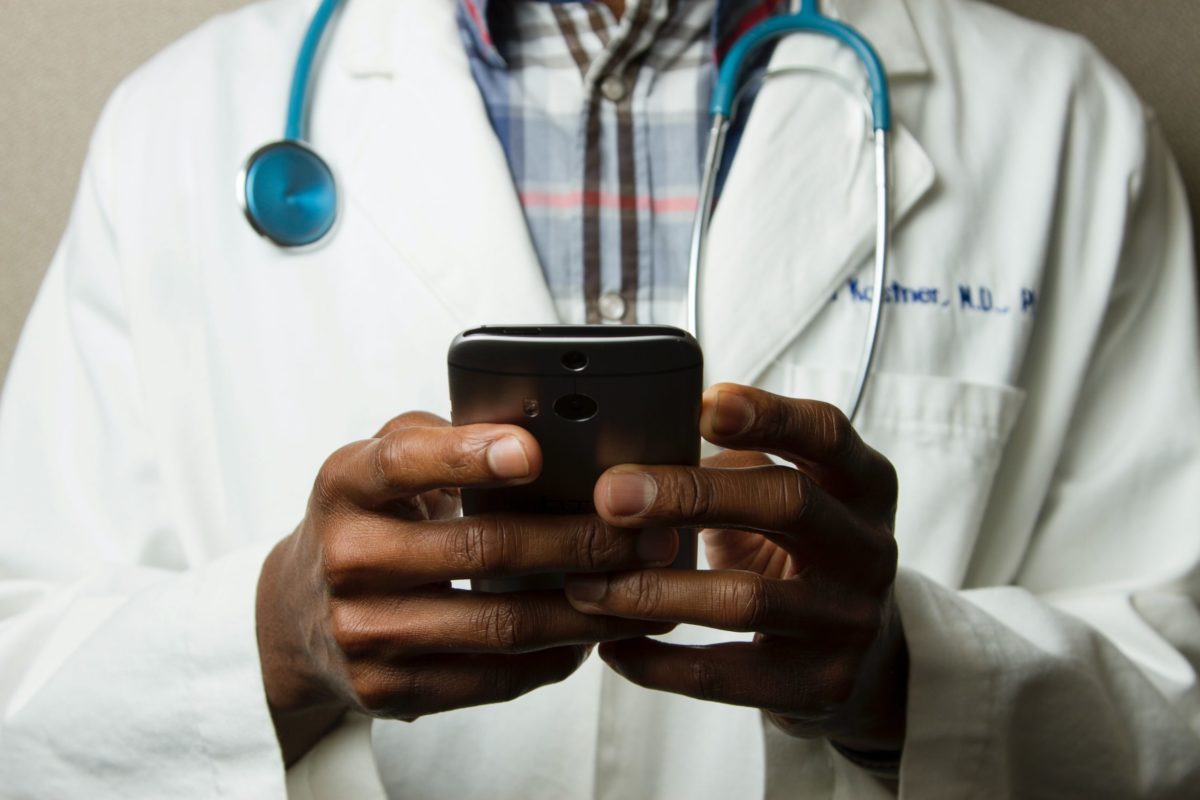By Vrushab Gowda
On December 3rd, the Department of Health and Human Services (HHS) extended its provisions to cover telehealth services in amending its Declaration Under the Public Readiness and Emergency Preparedness Act (PREP Act) for Medical Countermeasures Against COVID–19.
This represents the first time HHS has covered telehealth services under the authority of the PREP Act. Telehealth providers are now permitted to deliver a range of COVID-related care across the country, including states in which they do not hold professional licenses. The Declaration, moreover, offers them expansive liability protection, effectively immunizing them against a host of claims in connection to their administration of designated countermeasures.
What Is the PREP Act?
Passed in 2005, the PREP Act was developed in the context of the early 2000s H5N1 outbreaks. It consolidates executive power during public health emergencies, preempting state laws related to pandemic control and vaccine liability, to facilitate a coordinated federal response.
Under these extraordinary circumstances, the PREP Act directs the Secretary of Health and Human Services to identify the “Covered Persons” to which it would attach, as well as the “Covered Countermeasures” implicated. The Secretary does so through the aforementioned Declarations, which are made independently of other public health emergency announcements issued under separate legal authorities, including Section 319 of the Public Health Act. In addition to COVID-19, outstanding Declarations exist for anthrax, Ebola, Zika virus, and nerve agents, among others.
Once in force, they confer sweeping “liability immunity to certain individuals and entities (Covered Persons) against any claim of loss caused by, arising out of, relating to, or resulting from the manufacture, distribution, administration, or use of medical countermeasures (Covered Countermeasures), except for claims involving ‘willful misconduct.’” “Loss” is defined broadly, and extends to death, physical, mental, or emotional injury, illness, disability, and loss of or damage to property. Moreover, this immunity applies “without regard to the date of the occurrence, presentation, or discovery of the loss described in the clause.”
Application During COVID-19
HHS issued a Declaration on March 17th, backdated to February 4th, thereby activating its authority under the PREP Act through October 1st, 2024. It applies to a broad construction of “Covered Persons,” which include “manufacturers,” “distributors,” “program planners,” and “qualified persons,” the latter extending to “licensed health professionals.” Covered Countermeasures refer to “any antiviral, any other drug, any biologic, any diagnostic, any other device, or any vaccine, used to treat, diagnose, cure, prevent, or mitigate COVID-19,” which have received approval, clearance, or emergency use authorization by the FDA.
The Declaration has been subsequently amended four times and clarified through several advisory opinions, each progressively expanding the scope of both “Covered Persons” and “Covered Countermeasures.” These now apply to pharmacists (including those not holding in-state licenses), pharmacy interns, manufacturers of face masks, and other key stakeholders in the supply chain.
Telehealth: Paths Forward
In a fourth amendment to the Declaration, HHS recognized the pivotal role of telehealth in delivering distanced care during the pandemic and explicitly sought to further its growth. It deemed telehealth providers an additional subset of “qualified persons,” formally bringing their services under the aegis of the PREP Act. This not only includes the liability protections referenced above, but furthermore waives state medical licensure requirements to the extent they impede the provision of “Covered Countermeasures.” To this end, “any state law that prohibits or effectively prohibits such a qualified person from ordering and administering Covered Countermeasures through telehealth is preempted.”
This action will do much to address a critical impediment to telehealth expansion: the fragmented regime of state laws governing the practice of medicine. While a number of states have enacted temporary waivers and reciprocity rules, the end result is a complex patchwork spread unevenly across the country. Prior to the recent amendment, no federal-level scheme of telehealth oversight existed to date.
Whether this will provide a blueprint for future telehealth regulation remains to be determined. Invoking PREP Act authority necessarily limits the intervention’s scope (to COVID-related care) and duration (the earlier of October 1st, 2024 and the Secretary’s revocation of the Declaration). Nevertheless, muscular action in a space characterized by high barriers to interstate commerce makes a compelling case for continued federal preemption. This fact will not be lost on telehealth stakeholders, lawmakers, and the public at large.
